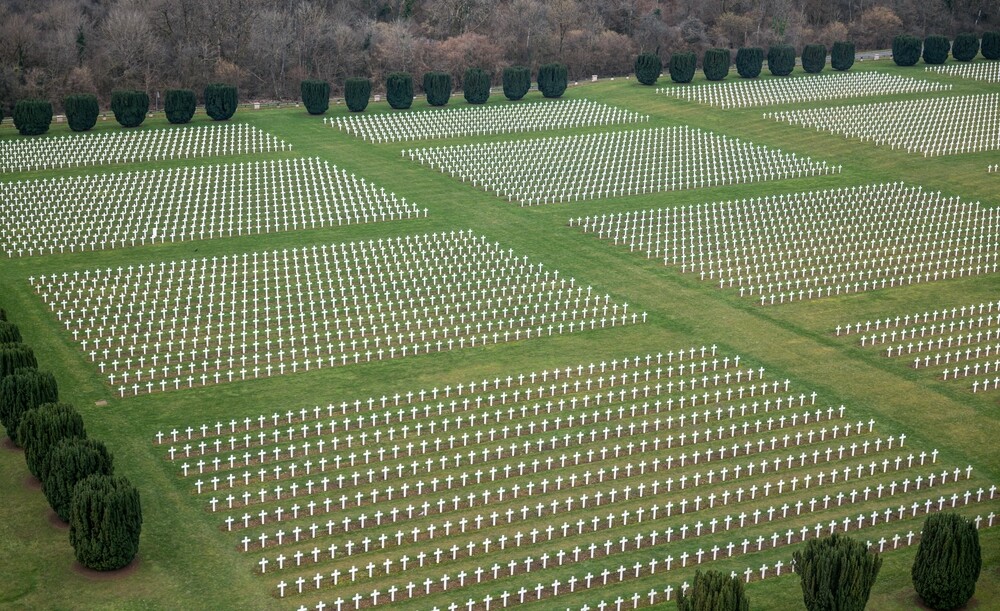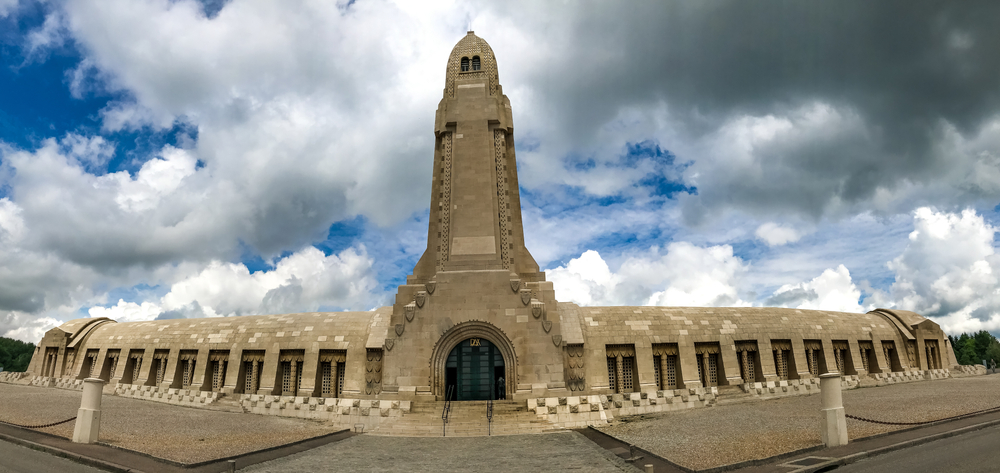On Nov. 11, 1918, the fighting ended on the Western Front. “The Great War,” as it was known for a short time, was over. But the peace, such as it was, did not last, and, one generation later, the world was back at it. What we now think of as World War II had been made possible — if not inevitable — by what is now merely World War I.
But somehow “the Great War” is better. Its scope and its consequences changed everything, and we live, still, in its shadow. The Austro-Hungarian, German, Ottoman, and Russian empires were ruined by the Great War, and new, vastly more evil totalitarianisms appeared, in Germany and Russia, to fill the void. New weapons appeared on the battlefield and changed the nature of war. Battles were now fought in the sky. Soldiers on the ground were asphyxiated by gas. Whole age cohorts of men were conscripted and sent to the front. The women they left behind went to work in factories, mass producing explosives, bandages, and the other necessities of war. And the spirit of optimism that had been the default of the world’s great cultures was replaced by cynicism, nihilism, and despair. (READ MORE: May the Veterans of Foreign Wars Post Never Die)
All that is universally acknowledged to the point where it is cliché.
But it is true.

Memorial at Verdun (Uwe Aranas/Shutterstock)
You feel this with a sort of immediacy when you walk the old battlefields and cemeteries on what was once the Western Front. There are depressions in the ground where the trenches used to be. The mud and the filth are grown over with grass and, occasionally, with wildflowers. But it doesn’t take much to imagine men huddled in them as high explosive and gas shells burst all around them. There are cemeteries with row upon row of crosses and the occasional Star of David. There are monuments.
And, outside of Verdun, there is the Ossuary.
It is futile to rank the battles of the Great War according to which was the “worst.” Almost 20,000 men were killed on the first day of the great Somme offensive. The long campaign in Flanders Fields cost another 70,000 men, in return for which the British Army gained a few pointless miles of ground. And then there was Verdun, where the French army was almost broken and from which the French nation never truly recovered.
The essential horror of the battle comes down to the fact that, for almost a year, the fighting never ceased — and it took place on a relatively small slice of land. Just a few square miles centered around a fort called Douaumont, which the French lost early in the battle and spent thousands of lives attempting to take back.
Because the fighting never stopped — it is estimated that between 40 and 60 million artillery shells were fired during the course of the battle – there was never an opportunity to properly bury the dead. The bodies lay in open ground where they were blown to pieces. Again and again.
The battle finally ended. Hard to say that the French were victorious when they lost some 160,000 men. Their army had held, but it had also been “bled white,” which the German commander had said, before the battle, was his objective.
The achievement of which came at the cost of 140,000 of his own men.
The ground over which the battle had been fought was also a casualty. Ruined by gas and shrapnel, made deadly by unexploded shells, and littered with the detritus of war — to include the bones of the dead.

The Douaumont Ossuary at Verdun (Franzisca Guedel/Shutterstock)
Those bones were eventually collected and housed in a forbidding structure called an “ossuary.” A tower shaped like an artillery round rises over the structure, and it is flanked by tube-like structures made of concrete, with evenly spaced windows through which you can view piles of bones and skulls recovered from the battlefield.
It is a sobering experience.
And something to think about on this Veterans, or Armistice, Day.
